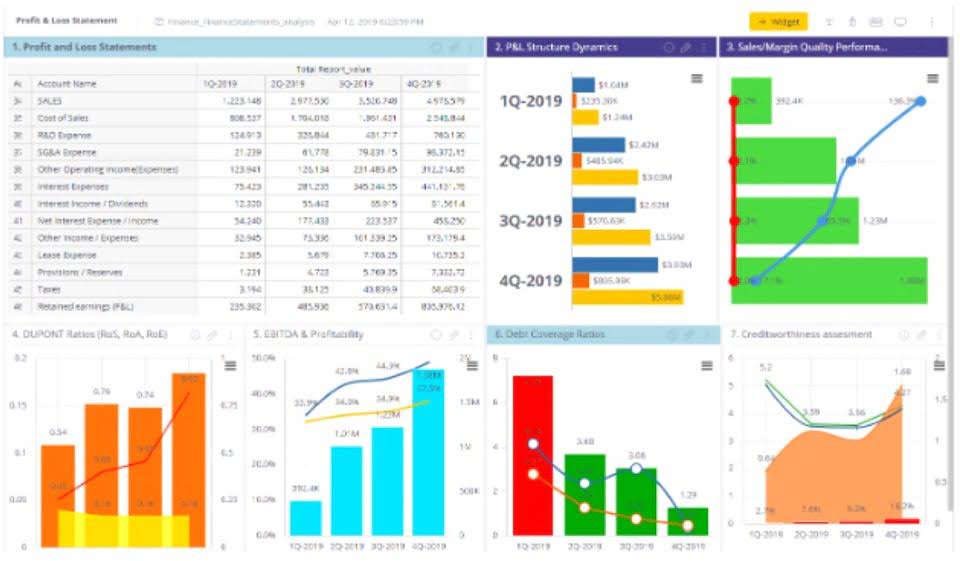
Credit sales are recorded on the company’s income statement and the balance sheet. On the income statement, one must register the sale as a rise in sales revenue, cost of goods sold, and expenses. Credit sales are a type of sales in which companies sell goods to the customer on credit based on the credibility of customers. It gives the customer time to make the payment after selling the purchased goods and does not require them to invest their own money into a business. It helps small businesses, especially those that do not have enough capital. At the same, it helps big companies also because it attracts customers.
What is a Credit Sales Journal Entry and How to Record It?
Credit terms such as net 30 are often used to indicate when payment is due for credit sales. A sales credit journal entry record enables businesses to credit the relevant account with the amount due and the specifics of the transaction. Before the start of a financial or assessment period, the technique credit sales are recorded as of documentation is established, and it is followed to prevent confusion in the organization’s recordkeeping system. For companies with a high percentage of credit sales, the average collection period may give a better indication of how successfully the company is converting its credit sales to cash.
Everything You Need To Master Financial Modeling
Customers with a positive credit rating and a high score will be deemed creditworthy and showcase a strong history of making repayments to other vendors. The risks of credit sales may worry you, but it is possible to manage and control them. Payment terms are set before goods are exchanged, stipulating when the full payment is due and how it will be paid. It is not uncommon for a credit sale to include a down payment from the customer. They pay a percentage of the overall payment now, and then the rest is sent over at a later date. Assume that SellerCo delivers $5,000 of goods to a customer on December 30 and no further action is required by SellerCo.

Types of Sales Transactions
Find out everything you need to know about credit sales in accounting, as well as the advantages and disadvantages of credit sales, right here. Credit sales stand at the heart of many business transactions, allowing companies to sell goods or services with the agreement that payment will be made in the future. Sellers benefit from an increased ability to sell more expensive items as consumers no longer need to make large upfront payments, while buyers benefit from being able to purchase products now and pay later.
Credit management software
In addition, one must keep track of five types of accounts when doing double-entry bookkeeping. Credit sales are purchases in which the buyer delays providing the actual payment. Under a credit sale, the buyer agrees to pay the price of a good over a period of time. For example; A discount of 10% is offered by an entity on the sale of certain products.
Why Do Businesses Fail?

In large firms, the credit department is charged with the responsibility of granting credit as well as subsequently collecting unpaid accounts. For example, at the end of 2019, Sears, Roebuck, and Company’s accounts receivable totaled over $15 billion, and IBM’s totaled over $6 billion. Thus, the total aggregate downward adjustment to the gross sales made on credit is $4 million, which we’ll subtract from our gross sales of $24 million to arrive at a net amount of $20 million.
- It involves deducting returns, allowances, and discounts from the total sales figure to derive the net amount.
- As shown in the previous example, Jimmy Electronics failed to pay by May 30, 2020, and the company filed for bankruptcy.
- Taxfyle connects you to a licensed CPA or EA who can take time-consuming bookkeeping work off your hands.
- Net credit sales refer to the revenue made by your company through credit sales, less all sales returns and allowances.
- This is critical in the business world since credit sales are nothing more than money that has not yet been recovered from your customers, referred to as accounts receivables.
- Understanding the reasons for sales returns is crucial for businesses to address any issues with their products or services and improve customer satisfaction.
- When performing double-entry accounting, one needs additionally to track five different kinds of accounts.
- Accounts receivables are one of the key sources of cash inflow, any inefficiency in managing accounts receivables will impact your business in several ways and potentially hamper the growth of the business.
- Most people will have come across credit sales in their personal lives if not in a business capacity.
- This calculation helps businesses understand their actual income from credit sales, providing valuable insights into financial performance.
- While the availability of credit facilitates many business transactions, it is also costly.
- The sales account, meanwhile, will be credited and, in the income statement of the business, will be shown as revenue.
- It gauges how effectively a company collects payments from customers who bought on credit.
This enables you to be more consistent with your credit decisions, maintaining healthy relationships with customers. In extreme circumstances, a customer or client may go insolvent or file for bankruptcy before they pay what they owe. This leaves your company in the precarious situation of losing out on payments due with no way to recoup the losses, generating bad debt.
Conduct background checks on all customers
- Theoretically, it makes more practical sense to receive money owed immediately when transactions take place.
- Finance Strategists has an advertising relationship with some of the companies included on this website.
- Therefore, any inefficiencies in the administration of accounts receivables may have a negative impact on your company and may even limit its growth.
- As a result, you can encourage customers to spend more money, which increases revenue and could help to expand profit margins.
- Utilizing accounts receivable turnover ratio for analysis can provide valuable insights into a company’s financial health.